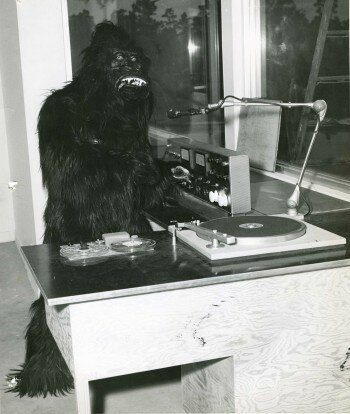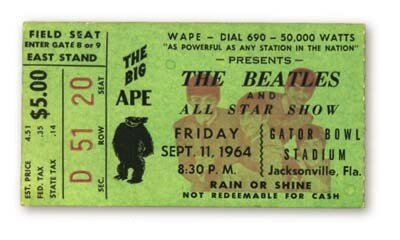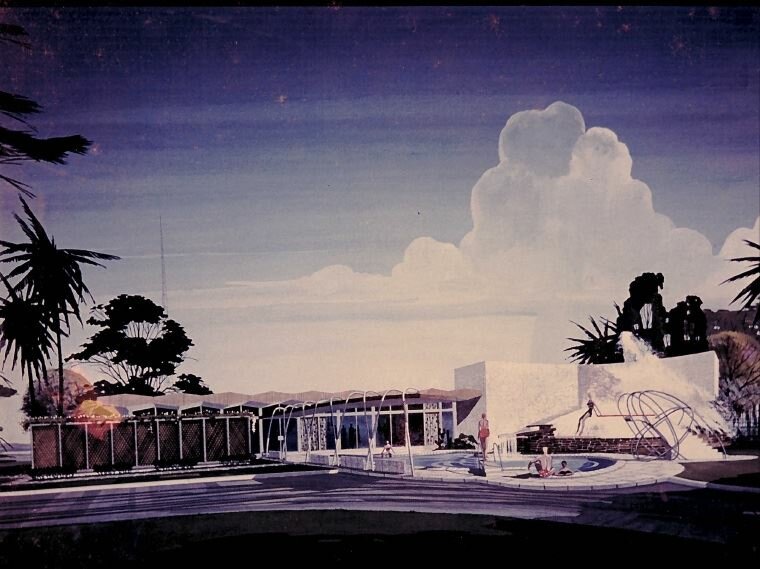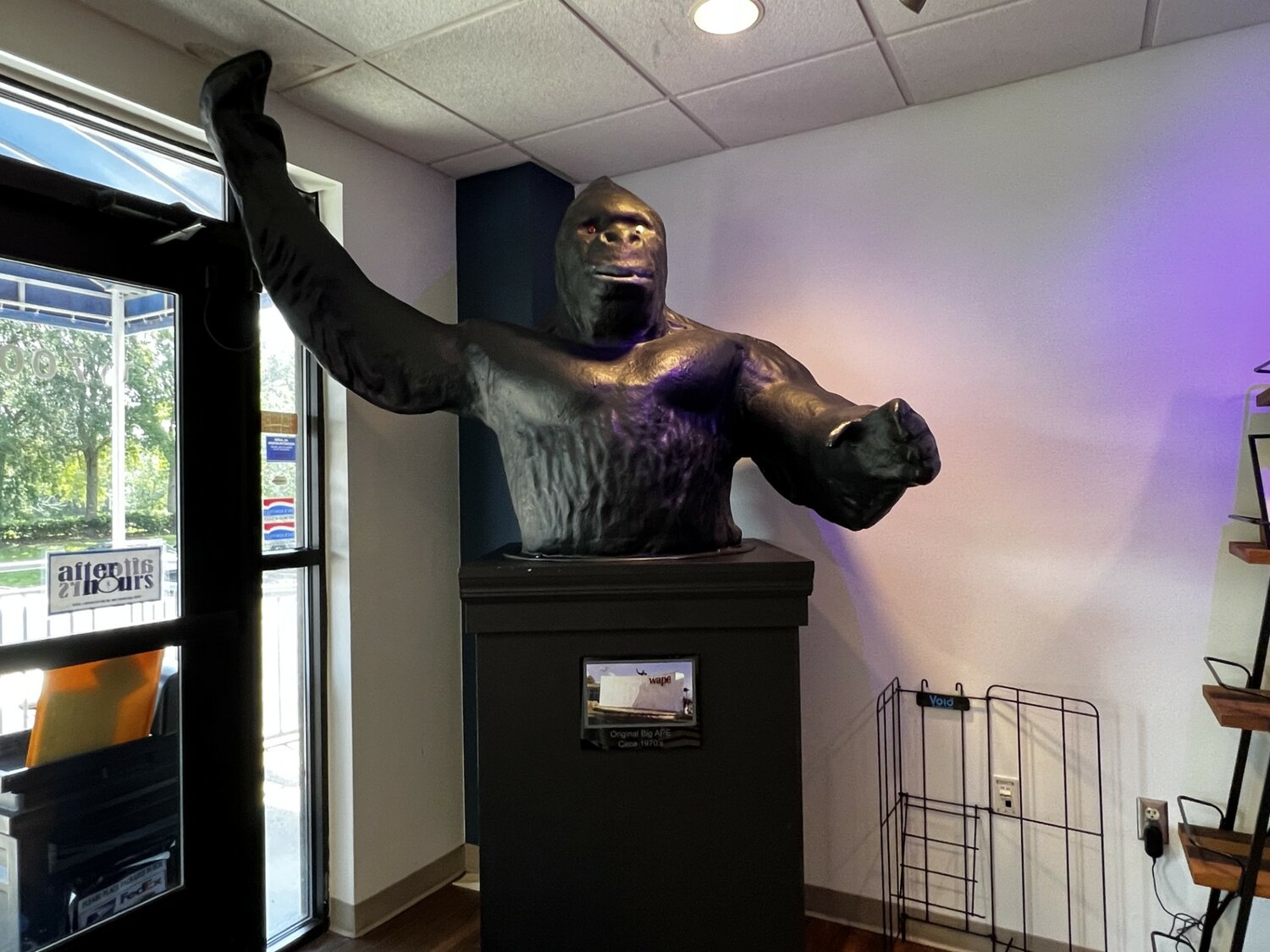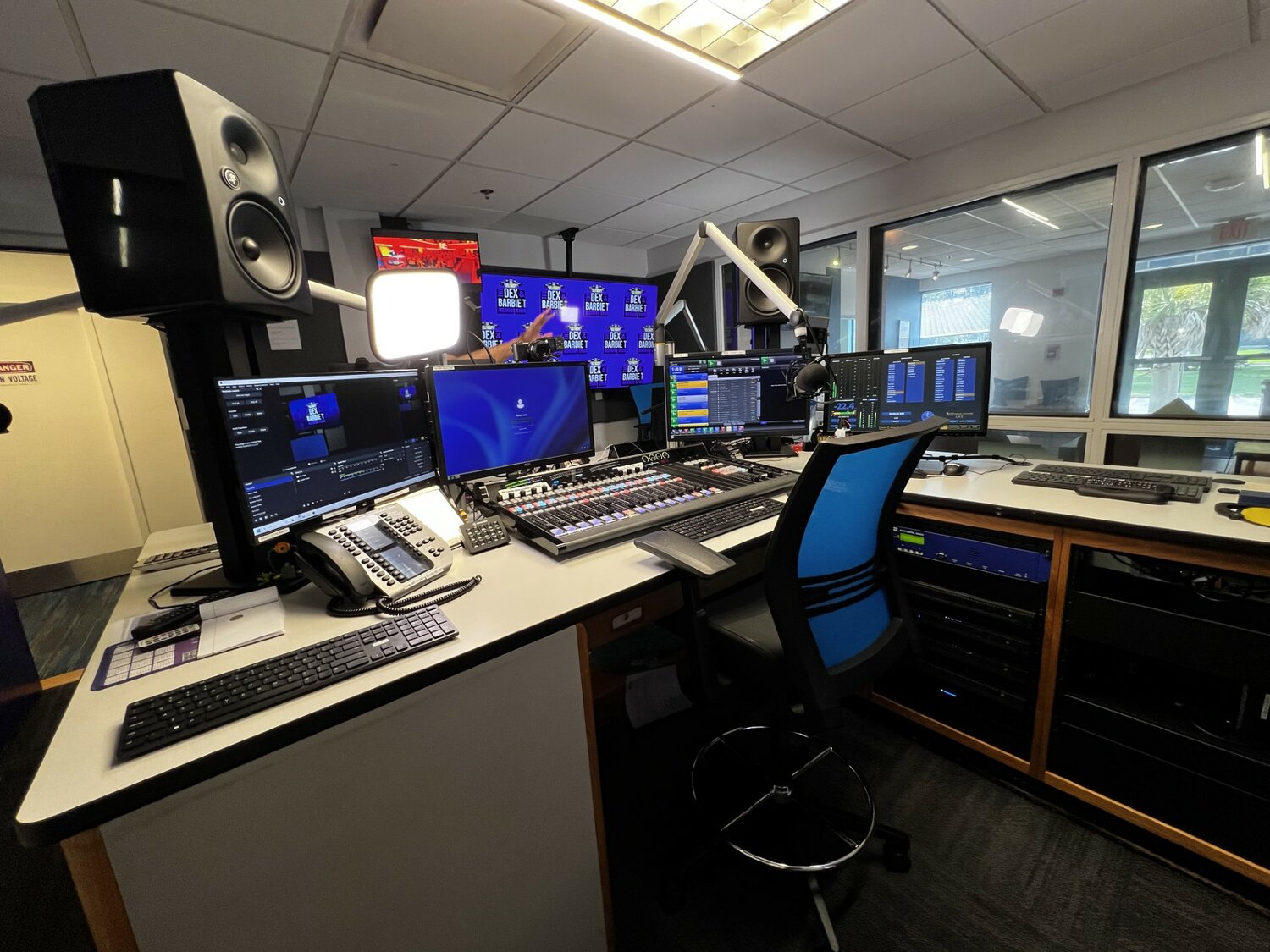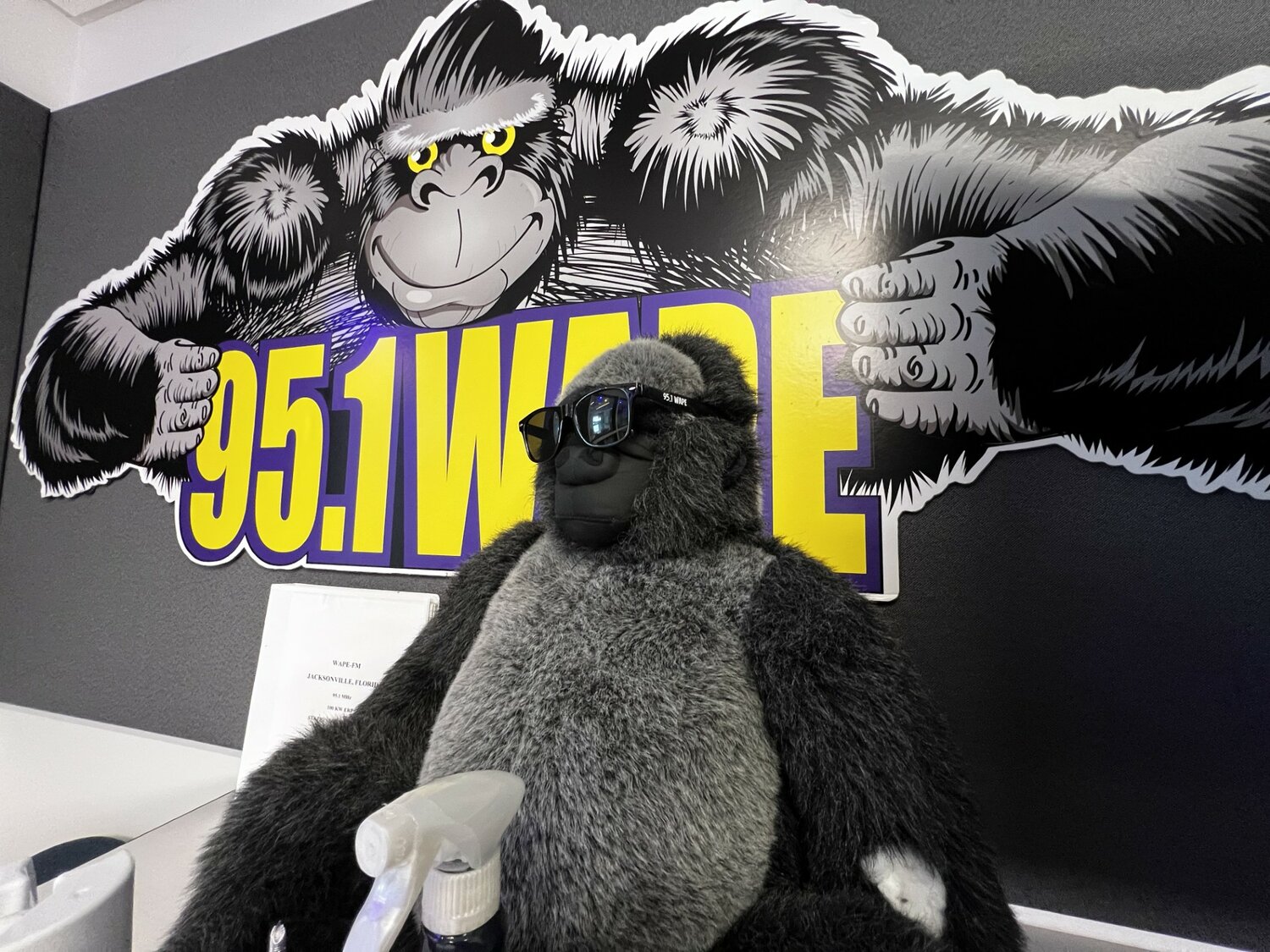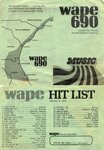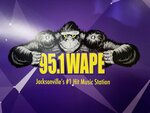Still going 'ape:' The Mighty 690 and its Clay County legacy
kyla@claytodayonline.com
ORANGE PARK - Sixty-six years ago, 25,000 watts of sound transmitted through the small town of Orange Park.
The source of the sound was dubbed "The Radio Country Club." Playing all the hits that …
This item is available in full to subscribers.
Attention subscribers
To continue reading, you will need to either log in to your subscriber account, below, or purchase a new subscription.
Please log in to continueDon't have an ID?Print subscribersIf you're a print subscriber, but do not yet have an online account, click here to create one. Non-subscribersClick here to see your options for subscribing. Single day passYou also have the option of purchasing 24 hours of access, for $1.00. Click here to purchase a single day pass. |
Still going 'ape:' The Mighty 690 and its Clay County legacy
ORANGE PARK - Sixty-six years ago, 25,000 watts of sound transmitted through the small town of Orange Park.
The source of the sound was dubbed "The Radio Country Club." Playing all the hits that one’s heart desired.
What started as a small venture by Bill and Dan Brennan quickly catapulted into something big. The two brothers dreamed of what would become the sound of an entire city.
And what it produced would have a lasting impact on the residents who called the area home and beyond.
WAPE was futuristic for the time. The AM 690 station was built near Moccasin Slough off U.S. Highway 17. The call letters produced a mighty ape mascot representing the station for years.
The Brennan brothers created The Big Ape as a sanctuary for 1960s culture. Playing mainly Top 40 rock and roll, the station was destined for popularity.
The station introduced new voices to the Jacksonville area, from The Beatles and David Bowie to 38 Special, Cat Stevens and Led Zeppelin.
“That was how we got new artists. We didn’t have computers and all that stuff,” said Paula Holic of Orange Park. “Every artist that we were listening to, they weren’t new, but they were new to us.”
With a swimming pool and high dive, teenagers of the era could be found right there, requesting records in person.
The location was a bonus. The town’s position on Earth allowed them to broadcast for miles.
It was the "ape call." And it would only get bigger.
Years after its opening, the station increased its power to 50,000 watts. This provided them with a stronger signal and better quality. They were able to expand their broadcast to Daytona Beach and Virginia Beach, reaching more ears of an entire generation.
When Holic was just a teen, she said the Mighty 690 was the station of her life. Cranking the music up in her room, Holic said she listened to it relentlessly, to her parents' displeasure.
With just a one-digit difference between the station’s request line and her home phone number, Holic said her family would receive a lot of calls from people requesting the "Big Ape." She said one day, her father got tired of it.
“Somebody called and asked, 'Is this the Big Ape?.' And, he said, 'No, this is the little monkey,'" Holic said.
Bill Plenge began listening to the beloved station in 1976. Living in Lake City, he said it was a hit there.
For Julie Van Deusen, the station signified a moment of new independence. Growing up, Van Huessen said she only listened to the music her parents did until she discovered The Big Ape.
“One day, I was scrolling on the radio and found WAPE,” Van Deusen said. “And, it was pretty cool. I started listening to it all the time. I was hooked.”
Living near the station, Van Deusen said she always drove by it. She said it was a whole new world after growing up sheltered in the music world.
“You really never had seen anything like that around. It was kind of edgy at the time,” Van Deusen said.
Edgy it was. Listeners were fascinated by the musical sounds that came belting out of their radio and the voices that did, too.
With disc jockeys such as Doug ‘The Greaseman’ Tracht, Jay Thomas, Hoyle Dempsey, and Mark Driscoll, the station was not just a place for music but also for laughter.
Before Hoyle Dempsey arrived on the scene, the station had been sold by the Brennan Family after Bill died in a plane crash. The station was then acquired by Stan and Sis Kaplan, whom Dempsey said were also the epitome of dream owners.
“I was there those last four years,” Dempsey said. “They carried on the tradition in the highest and classiest fashion.”
Dempsey said joining The Big Ape in 1977 was a dream come true. Before coming to Jacksonville, Dempsey was a "Cub DJ" at WMOG Brunswick. But he said he was still blasting The Mighty 690 in his car every chance he got. He said the station was indeed where he wanted to be.
Along with raising an entire Generation X in Jacksonville, Dempsey said he was also able to make an impact on his peers.
“At the Mighty 690- late 70s, it was the Baby Boomers or my peers who were listening,” Dempsey said. “We were all in that mid to late 20s thing together, and I think I just naturally identified with them and them with me.”
With their skits and bits, the disc jockeys provided a sense of comedic relief and comfortability, and Van Huessen said that’s what made her feel at home.
“It made it feel like you were all part of a big family,” Van Deusen said.
The beloved station has found a new home as 95.1 WAPE in Southside Jacksonville. Cox Media Group now owns the FM radio station.
Program Director Jud Heussler said it’s essential for them to keep the legacy alive within the revamped, modern station.
“This is one of the heritage, legacy Top 40 hit music stations in the country,” Heussler said. “When people talk about heritage Top 40 brands, WAPE is one of those that is always brought up. Because it’s been around for so long.”
As the station manager, Heussler runs everything day to day, including the music log. He said that he does a lot of that work from his home on Fleming Island, which brings the station back to its roots.
“With the technology and things of today, the station is kind of being run out of Orange Park just off of (US) 17, like it was all those years ago,” Heussler said.
The legacy of the once small station and its mighty ape call remains alive. Devoted listeners still catch themselves "going ape" today.
“It really formed who we are,” Holic said, “who we became.”



